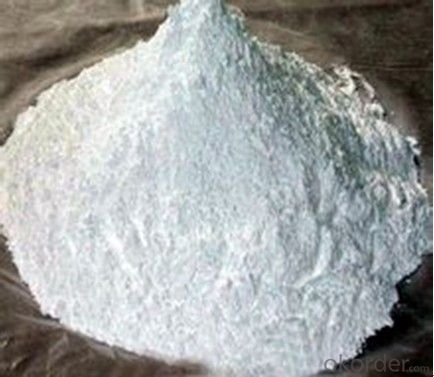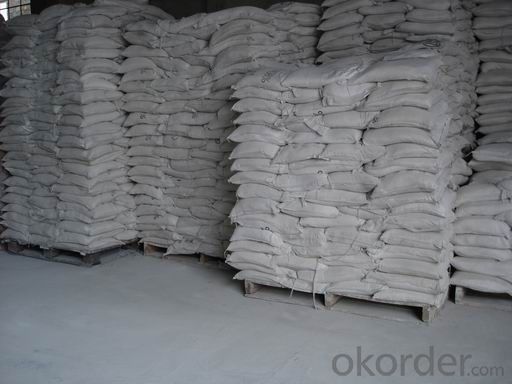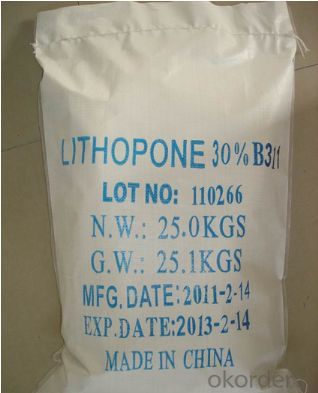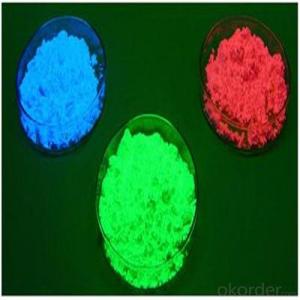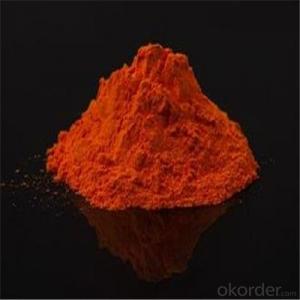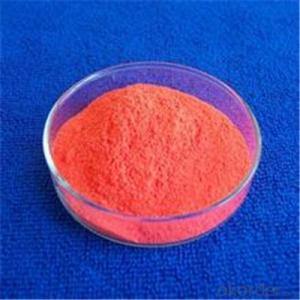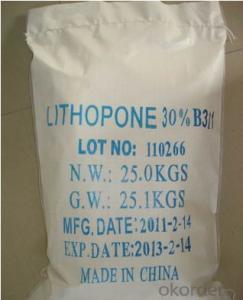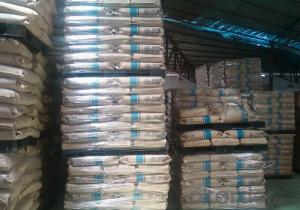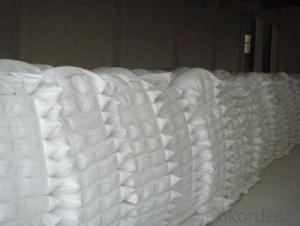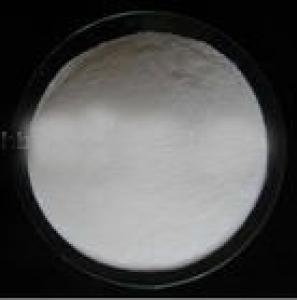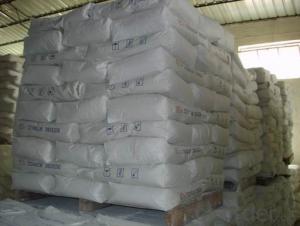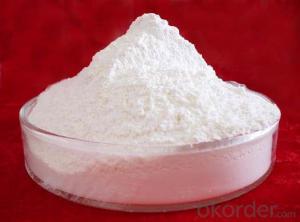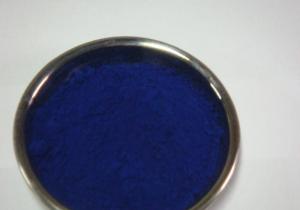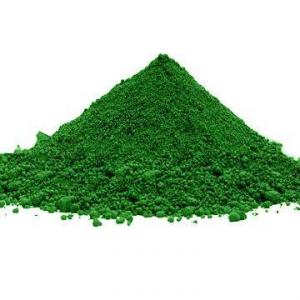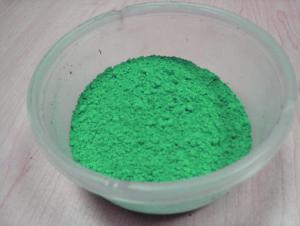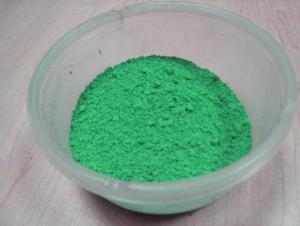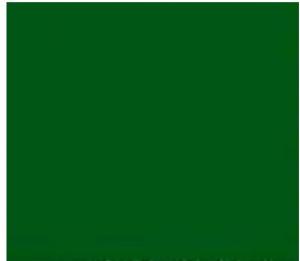Lithopone 28-30% Lithopone B301 Lithopone B311 with lowest price
- Loading Port:
- Tianjin
- Payment Terms:
- TT OR LC
- Min Order Qty:
- 20 m.t.
- Supply Capability:
- 2000 m.t./month
OKorder Service Pledge
OKorder Financial Service
You Might Also Like
Specifications of Lithopone
Lithopone ZnS-BaSO4
1. zinc: 28-30%,30%
2. Uses:paints,printing inks,coating,paper pigment,plastic
3. ISO,SGS
4. 25kg/bag
Lithopone ZnS-BaSO4 :
1. Commodity:
Lithopone (ZnS-BaSO4) for paint ink plastic paper etc
--------------------------------------------------------------------------------------------------------------
2. Description:
Lithopone B301 is a kind of lithopone whose hiding power is better than that of zinc oxide and worse than that of titanium dioxide.It has good heat-resisitance and is insoluble in water.
White powder, is a mixture of zinc sulfide and barium sulfate. Have high whiteness and good covering power. It is called Inorganic white pigment. Widely used as white pigment of plastics such as polyolefin, vinyl resin, ABS resin, polystyrene, polycarbonate, nylon and polyoxymethylene (POM), also for paint and ink . it is use to colourate for rubber products , linoleum, leather, paper, enamel.
-----------------------------------------------------------------------------------------------------------------
3. Features:
1) A white pigment produced by precipitation through filtering,
heating and quenching works
2) Has mostly been replaced by titanium dioxide which is more
durable, but it is much cheaper
---------------------------------------------------------------------------------------------------------------
4. Application:
Mainly used of coatings, printing ink, rubber, plastic, powder, profiles, paint, paper, and leather, etc.
1) Used as a base for lake pigment
2) Used as a inert pigment for paint, ink and cosmetics
3) A large range of applications in plastic industry
4) Used as a filler in paper, leather, and linoleum
---------------------------------------------------------------------------------------------------------------
5. Packaging:
Packing:25kgs per bag or according customer's requirements.
--------------------------------------------------------------------------------------------------------------
6. Specifications:
| ITEM | SPECIFICATIONS |
Zinc oxide,% | ≤0.60 |
Total zinc(on zinc sulfide basis),% | ≥28 |
Quality standard | GBT1707-95 |
Tinting strength(Relative) | ≥105 |
Total zinc sulfide and barium sulfate | ≥99.0 |
Water soluble % | ≤0.40 |
Oil absorption,g/100g, | ≤14.0 |
Sieve residue 45um % | ≤0.10 |
Volatile at 105°C g/100g | ≤0.30 |
Color | Not lower than standard sample |
| Hiding Power(contrast ratio) | Not lower than 5% of standard sample |
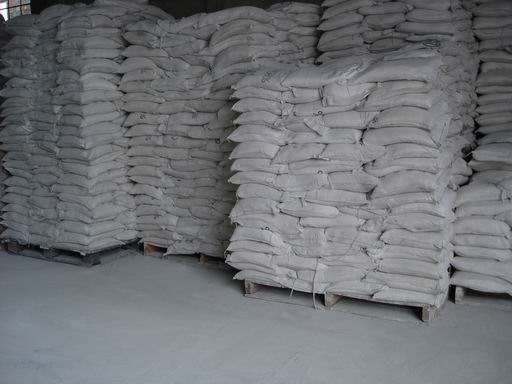
- Q: Please and thank you, it doesn't say so on the website.
- Mac Pigment Ingredients
- Q: Is gel food coloring a pigment or a dye?
- Dyes contain pigments, my friend. What is a pigment? They are like little beads. Very very tiny beads of the same color. Then if you spread these out, they give the thing a color. For example, the little green beads in leaves give it a green color. Pigment in our hair gives it a blonde/auburn/brown/black color. What is a dye? A dye is a liquid made up of water and pigments. The pigments are dissolved in water (well not really dissolve just that you cant see the beads) so that it's easier for us to use it. Everything that has a color is made up of pigments. So, gel food coloring is a thicker version of a dye that contains pigments.
- Q: I Need a Bright Colorful High Pigmented Eyeshadow Pallet. i saw some on amazon. but Tehre Out Of stock. :[ Also i need bright colors like realllly bright
- If you want bright colors like that, you should get shimmers or pigments. These are loose eyeshadows that you can pack it on. Many people use a cream base so the eyeshadows can stick onto the skin. If you want something cheap. I know kryolan makes theatrical make up and you can just buy their paint pots. They have the primary colors plus black and white. You will get very vibrant colors if you use cream eyeshadows rather than powder eyeshadows. If you do want to use powder eyeshadows, then you can use a liquid transformer to turn the eyeshadows into liquids so you can paint it onto the skin. Some examples of liquid transformers for cheap would be visine or water. You dip the brush into the liquid transformer and then brush it onto the compact eyeshadows. After that, you just brush it onto the eyelids.
- Q: There was a question, not to long ago, that asked are L'oreal HIP pigments good? What are pigments?
- Pigments are tones. Like if you have a base color of white and add a light pink and as you go down it gets darker. There would be several pigments of pink tones.
- Q: What does the word pigment mean?
- pigment - a substance that gives color to something like paint or ink. Natives used charcoal as a pigment to make dyes. Also: a substance that occurs in Nature which gives color to, say, flowers or skin. Mellanin is a pigment in our bodies that gives our skin color. Albino people have no pigment in their skin and so their skin appears very white and pinkish from the color of the blood in the blood vessels. It's not rare at all to see this word used as a noun, but it can be used as a verb meaning to add a substance to give something color.
- Q: I want to find bright colored eye pigments much like macs. However I dont want to spend tons of money. Does anyone know of a place that sells inexpensive eyeshadow pigments?
- Go okorder
- Q: We see pigments everywhere in products. They make a variety of things we see today. Where does it come from? Do they actually take a red rose pedal, grind the color and designate it as the color red?
- Yes, cheaper brands use actual dye. Like, literally dye, as in the stuff you can dye clothing with.
- Q: Hi what is pigment?i went on mac cosmetics and they sell all different kinds of stuff called pigment. I want to use it to make lip gloss but is it safe for my lips?please answer soon!
- It's like loose eye shadow.. except a more vibrant colour.. you'll get more colour pay off (usually). Pigments are nice - if you're just starting off.. go with Vanilla Pigment, it's uses are endless! And yes, you can use it on your lips.. sometimes I even use blush on my lips with a nice lip gloss.
- Q: I am planning on purchasing MAC, but what r the differences... thanks to all...I want to have an idea before I head to the mall.
- Pigments are really loose eye powders. For MAC, it's kind of like 'balls of sparkles' If you want really sparkly eyes, you'd probably want this. Dip your eye makeup brush in water, then in the pigment. I find this to work well, and it really compliments the product. It's best applied over a dark eyeshadow or primer. An eyeshadow is a packed together powder. (As you probably know) MAC eyeshadow comes on bright and radiant. So if you just want a simple look, this product works well. I suggest MAC - PaintPot. It's a creamy eyeshadow that is easy to blend. It's not waterproof, but it's difficult to rub off. It can act as a primer too.
- Q: Why is it important for a plant to have more pigments than just chlorophyll?
- if the plant has more than one color of pigments, it can absorb more spectrums of the visible scale and create food longer, therefore surviving longer
Send your message to us
Lithopone 28-30% Lithopone B301 Lithopone B311 with lowest price
- Loading Port:
- Tianjin
- Payment Terms:
- TT OR LC
- Min Order Qty:
- 20 m.t.
- Supply Capability:
- 2000 m.t./month
OKorder Service Pledge
OKorder Financial Service
Similar products
Hot products
Hot Searches
Related keywords





